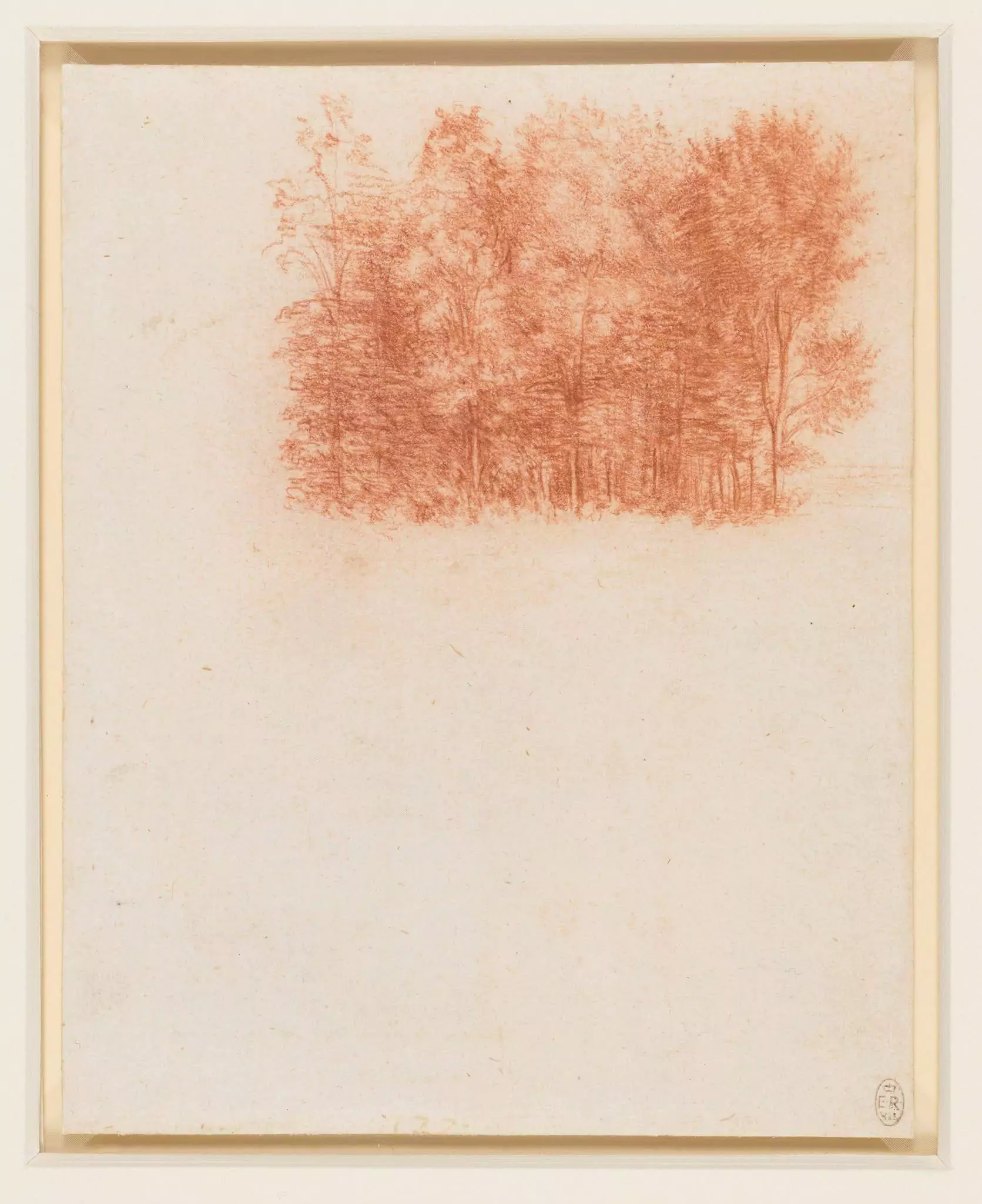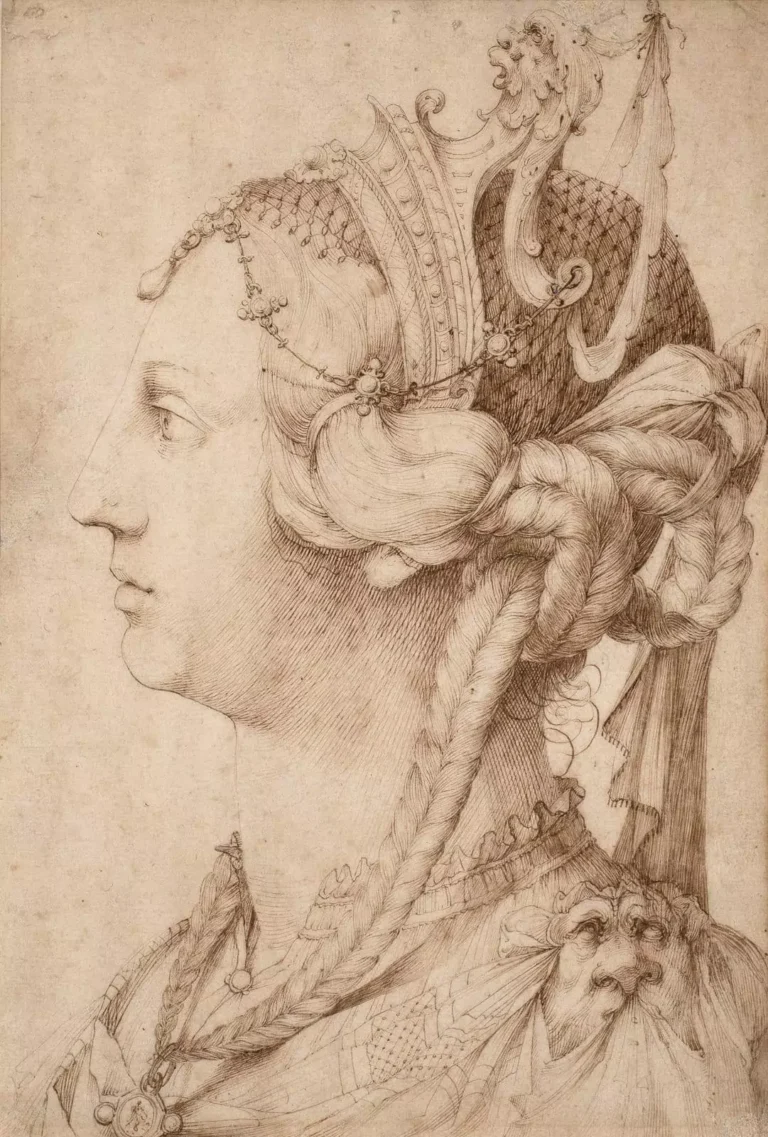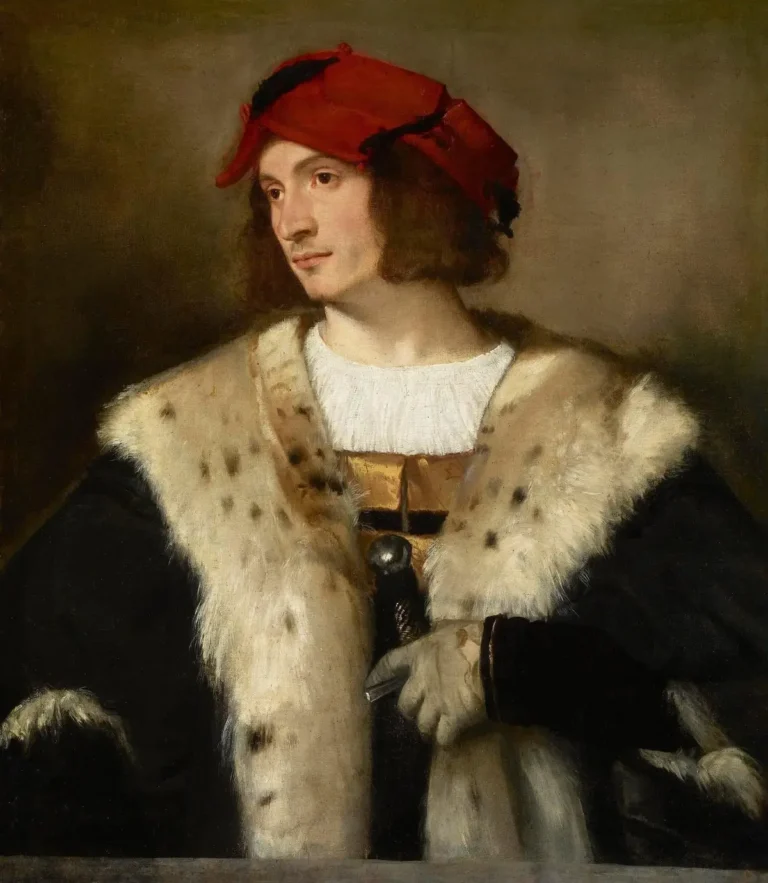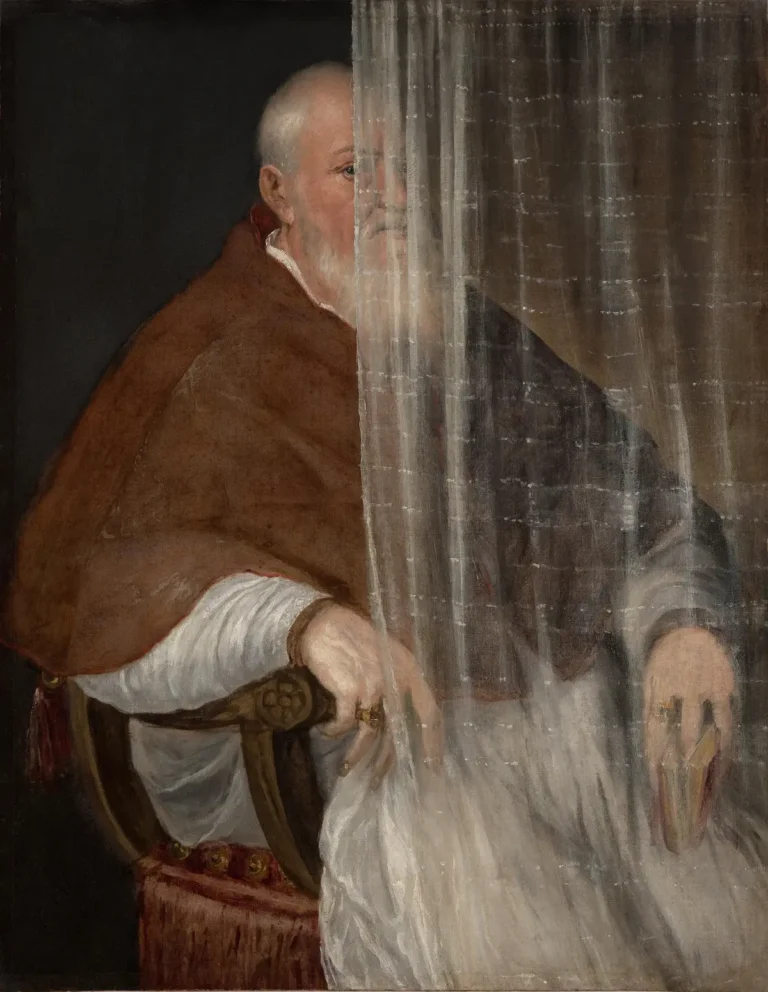Looking for a muse? Check no further. Discover the Best of Art, Culture, History & Beyond!

Text by Vincent DeLuise Author, Educator, Musician at amusicalvision.blogspot.com, Cultural Ambassador, Waterbury Symphony Orchestra
| Artist | Leonardo da Vinci |
|---|---|
| Title | Birch Copse |
| Year | 1500 |
| Medium | Red Chalk on Paper |
| Dimensions | 19 cm x 15 cm |
| Location | Royal Collection, Windsor |
Only Leonardo da Vinci could have taken a piece of red chalk, broken it into pieces, sharpened it to a fare-thee-well, and drawn this copse of birch trees.
The distinguished Leonardo sholar Kenneth Clark, said of this drawing: “Technically it is a miracle.”
How, Clark asked , could Leonardo sharpen a piece of red chalk so finely that he could show the boughs and leaves of the trees with such luminous clarity?”
This spectacular drawing is one of dozens that has been in the Royal Collection from the time of King Charles II.
“A drawing of a stand of trees at the edge of a wood treated with an almost miraculous range of touch, the red chalk sharpened to a point or used broadly, and occasionally wetted on the artist’s tongue to add density in the shadows. A passage in Leonardo’s contemporary notebook could almost describe the present study:
“Trees: Small, lofty, straggling, thick foliage, dark,
light, russet, branched at the top; some directed
towards the eye, some downwards; with white
stems; this transparent in the air, that not; some
standing close together, some scattered.”
On the verso Leonardo draws a single tree with great delicacy, to investigate the fall of light on the foliage. Where the light falls, the clumps of leaves will be seen standing out in relief; where the tree is in shadow, it will read simply as a silhouette.
“…All the drawings and manuscripts in Leonardo’s studio at his death were bequeathed to his pupil Francesco Melzi, who took them back to his family villa near Milan.
“After Melzi’s death, around 1570, the collection was sold to the sculptor Pompeo Leoni (c.1533-1608), who pasted the drawings into the pages of several albums. These were dispersed some time after Leoni’s death in Madrid, and one was brought to England, probably through the agency of Thomas Howard, 2nd Earl of Arundel, who owned the album by 1630. During the Civil War, Arundel left England, and there is no further trace of the Leonardo volume until 1690, when it was recorded at Whitehall Palace. How the album entered the Royal Collection is unknown, though it is most likely that it was acquired by Charles II.
“Although the binding of the album survives, the drawings have been removed in the course of the last two centuries. They are now housed in individual mounts, and kept in solander boxes in the Print Room in the Royal Library at Windsor Castle.”
References:
http://www.leonardo-da-vinci.net/birch-copse/
https://www.rct.uk/…/recto-a-stand-of-trees-verso-a-tree

This article is published on ArtAddict Galleria, where we explore the intersections of art, history, and culture. Stay tuned for more insights and discoveries!



